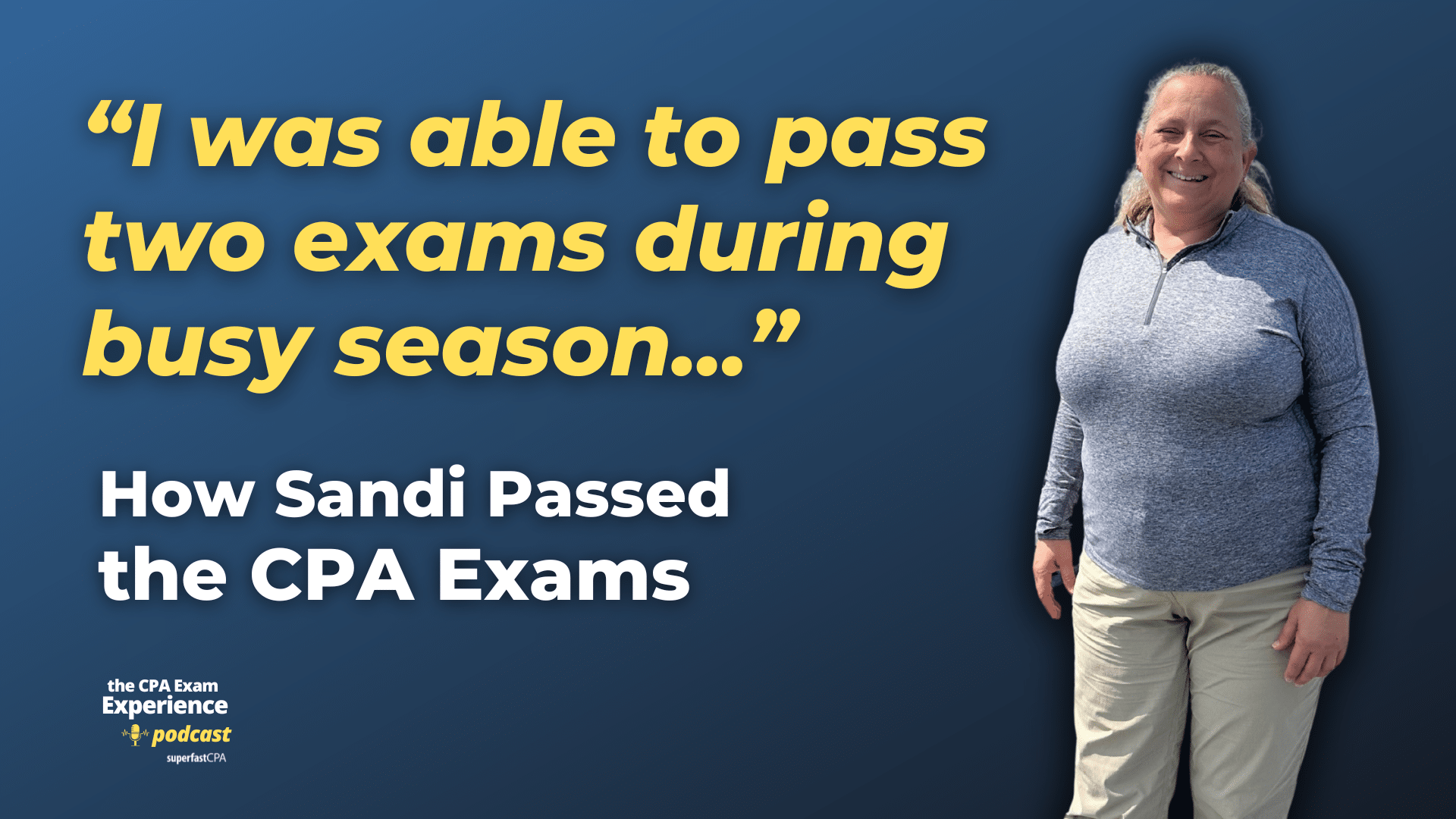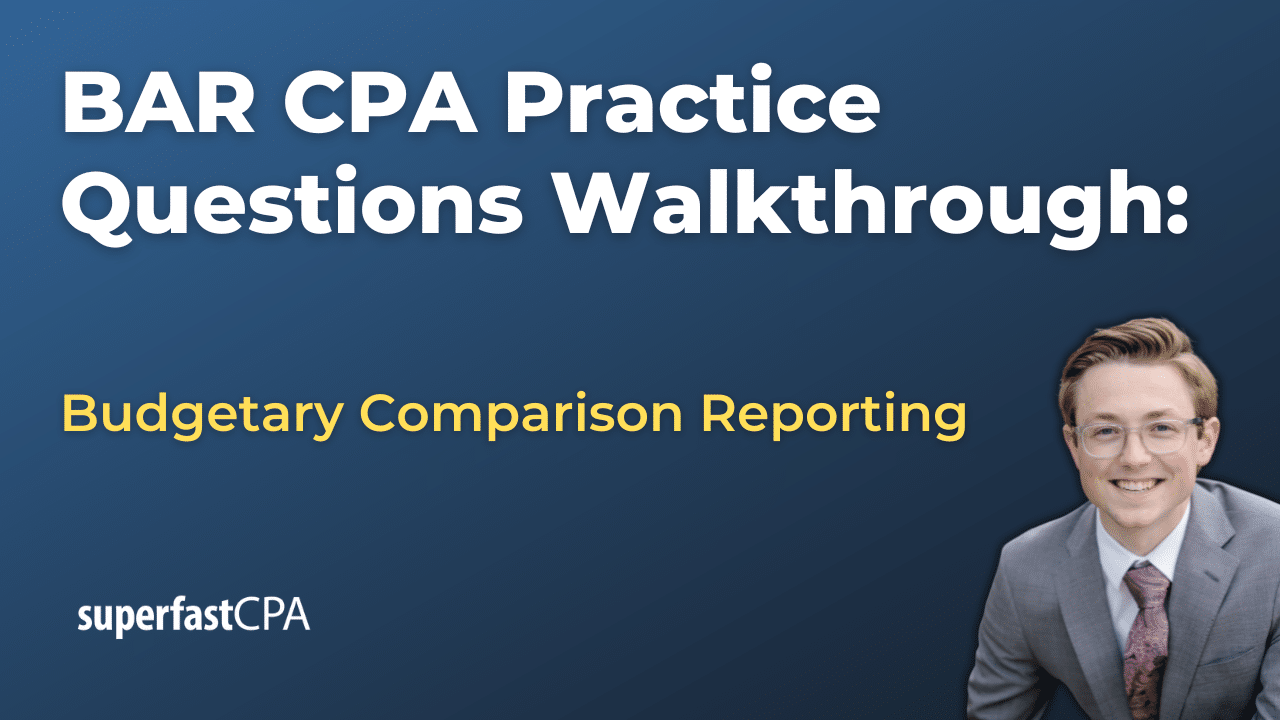In this video, we walk through 5 BAR practice questions teaching about using strategies to mitigate financial risks. These questions are from BAR content area 1 on the AICPA CPA exam blueprints: Business Analysis
The best way to use this video is to pause each time we get to a new question in the video, and then make your own attempt at the question before watching us go through it.
Also be sure to watch one of our free webinars on the 6 “key ingredients” to an extremely effective & efficient CPA study process here…
Using Strategies to Mitigate Financial Risks
Financial risk mitigation is a critical application-level skill. This involves identifying specific types of financial risk—such as market, interest rate, currency, and liquidity risk—and applying appropriate strategies to reduce exposure.
Below is an overview of the key risk types, mitigation strategies, and practical examples.
Diversification Reduces Market Risk
Market risk refers to losses caused by broad economic or market-wide changes, such as a downturn in stock prices. One of the most effective strategies to reduce this risk is diversification—holding a mix of assets across industries, geographies, or types.
Example: A company concerned about market volatility should diversify its investment portfolio rather than concentrating in a single sector. This spreads out exposure and reduces the impact of a single market event.
Exam application: A CPA-style question might ask which action best mitigates market risk. Diversification is often the correct answer over unrelated choices like interest rate swaps or liquidity tools.
Fixed-Rate Instruments Help Control Interest Rate Risk
Interest rate risk arises when a company’s financial performance is sensitive to interest rate changes. Borrowers with variable-rate debt are especially exposed to this.
Example: A business considering a $10 million loan with rising interest rates expected should choose a fixed-rate option to lock in predictable borrowing costs.
Exam application: A common question tests a company’s decision between variable and fixed-rate debt. Choosing the fixed rate demonstrates a strategy that mitigates interest rate risk. More advanced questions may involve using an interest rate swap to achieve the same effect, often requiring calculation of the effective interest rate.
Liquidity Risk Is Mitigated by Ensuring Access to Cash
Liquidity risk is the possibility that a company cannot meet its short-term obligations due to a lack of cash or easily liquidated assets. To mitigate this, companies must proactively manage working capital and secure backup sources of cash.
Example: A seasonal retailer with uneven cash flows could open a revolving line of credit to cover operating expenses during low-revenue months.
Exam application: A CPA question may ask which strategy best mitigates liquidity risk. Correct responses often include securing a credit facility or accelerating receivables collection—both designed to boost short-term cash availability.
Currency Risk Can Be Hedged with Contracts or Natural Matching
Currency risk arises from fluctuations in exchange rates that affect the value of international transactions. Companies dealing with foreign payables or receivables are especially vulnerable.
There are two major strategies:
- Forward Contracts: Lock in an exchange rate today for a future transaction.
- Natural Hedging: Align foreign-currency inflows and outflows to offset exposure.
Example 1: A U.S. company expecting to pay €500,000 in 90 days can enter into a forward contract to lock in a known USD amount and avoid the risk of a strengthening euro.
Example 2: If the same company also expects to receive €500,000 from a different customer, it can naturally hedge by using the receivable to fund the payable.
Exam application: You may be required to calculate how much a forward contract saves the company, or evaluate whether a natural hedge meets the company’s risk policy.
Residual Risk Depends on Risk Appetite and Strategy Coverage
Even after applying a mitigation strategy, some level of exposure often remains. This is called residual risk. The amount of residual risk a company accepts should align with its stated risk appetite.
Example: A company with moderate risk tolerance may hedge only 50% of a currency exposure, accepting that the remaining 50% (residual risk) may still be affected by exchange rate movements.
Exam application: A question might ask which strategy best fits a company’s moderate risk profile, or what action is appropriate if residual risk begins to exceed expectations. The correct answer may involve increasing hedge coverage or revisiting risk appetite.
Conclusion
Remember the following:
- Match the right strategy to the specific risk type.
- Recognize when to use derivatives (for certainty) versus natural hedges (for simplicity).
- Understand that residual risk is expected, but its acceptability depends on management’s risk appetite.
- Use numbers to evaluate hedge effectiveness when prompted.









